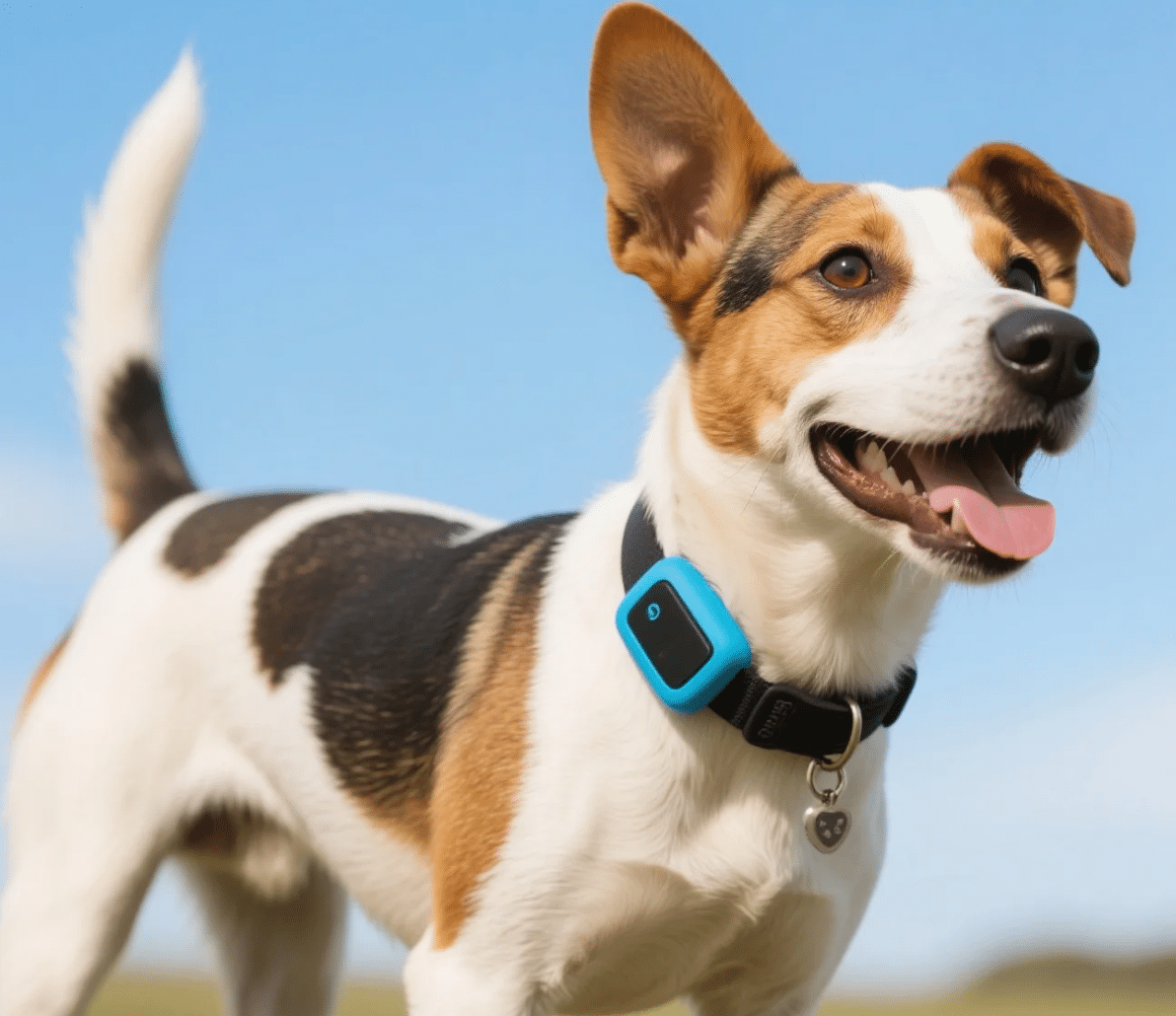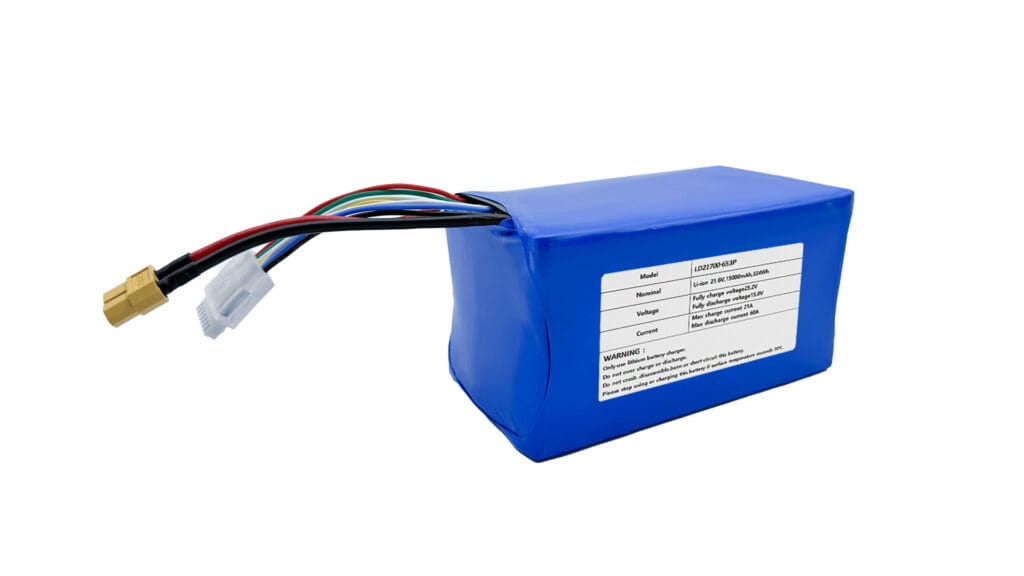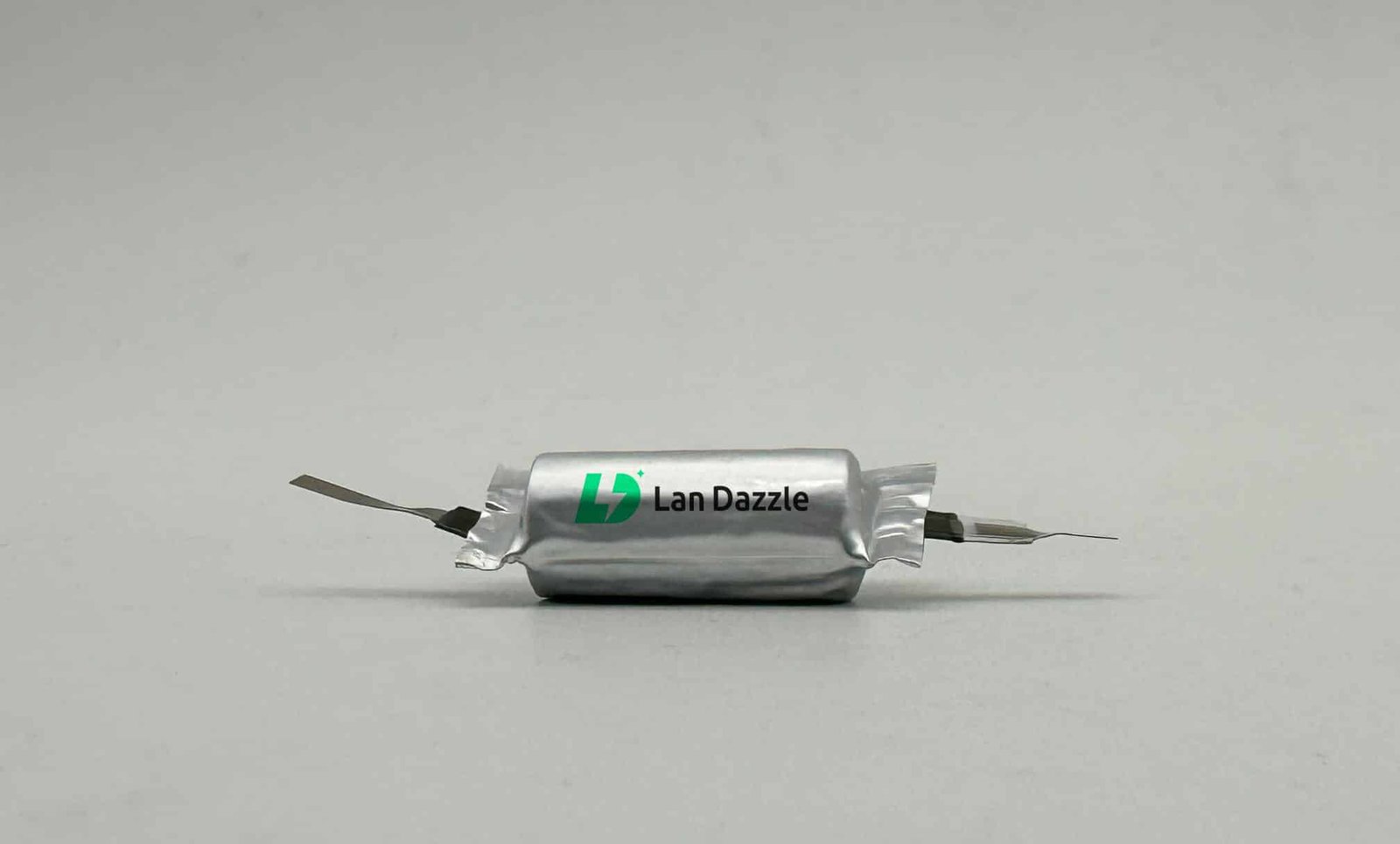The bond we share with our pets is unique, a tapestry woven with companionship, loyalty, and unconditional love. Their safety and well-being are paramount, which is why technologies like pet GPS trackers have become increasingly popular. These ingenious devices offer a digital leash, providing peace of mind by allowing us to monitor our furry friends’ whereabouts. At the heart of every pet GPS tracker lies a crucial component: its battery. Without a reliable power source, these trackers become mere ornaments. Understandin pet GPS tracker batteries, their lifespan, and how to optimize their performance is essential for any pet owner considering or currently using this technology.
The Vital Role of Batteries in Pet GPS Trackers
A pet GPS tracker’s primary function – to pinpoint your pet’s location – is entirely dependent on a functioning battery. A reliable battery ensures continuous operation, allowing you to check on your pet whenever needed. Imagine the anxiety of realizing your pet has wandered off, only to find that their tracker has died. A long-lasting and dependable power source isn’t just a convenience; it’s a cornerstone of pet safety.
The choice of battery significantly impacts the user experience. Battery life dictates how frequently you need to recharge the device, affecting the overall practicality. A tracker with a short battery life might become cumbersome to maintain, potentially leading to periods where your pet isn’t being tracked. Furthermore, the physical attributes of the battery, such as its size and weight, influence the overall design of the tracker, impacting your pet’s comfort. Manufacturers must balance battery capacity with the need for a lightweight and unobtrusive device.
Predominant Battery Types Used in Pet GPS Trackers
While various battery technologies exist, pet GPS trackers predominantly rely on rechargeable lithium-based batteries due to their favorable characteristics.
A. Lithium-ion (Li-ion) Batteries
Lithium-ion (Li-ion) batteries are a workhorse in the world of portable electronics, and for good reason. They boast a high energy density, meaning they can store a significant amount of power relative to their size and weight. This is crucial for pet trackers, where keeping the device small and light is important for your pet’s comfort.
Li-ion batteries are also rechargeable, offering hundreds of charge-discharge cycles, making them a cost-effective and environmentally conscious choice in the long run. Typically operating around 3.7V, they provide consistent power for the tracker’s GPS, cellular connectivity, and other features. Many higher-end pet trackers, like various models from Tractive GPS, utilize Li-ion technology for their balance of performance and longevity. Their energy density typically ranges from 100-265 Wh/kg, and their cycle life can be 500-1000+ cycles.
B. Lithium-Polymer (Li-po) Batteries
Lithium-polymer (Li-po) batteries are closely related to Li-ion batteries but offer more flexibility in terms of shape and size. This allows manufacturers to design sleeker, more ergonomically shaped pet trackers that conform better to a pet’s collar. Li-po batteries also offer a good balance of energy density and weight, making them suitable for smaller animals. Like their Li-ion counterparts, they are rechargeable and provide a reliable power source. You’ll often find Li-po batteries in trackers that prioritize a low profile and comfortable fit for the pet. Their voltage characteristics are similar to Li-ion, and they share comparable energy density and cycle life, with the added advantage of adaptable form factors.
Other Pet GPS Tracker Batteries (Less Common)
While lithium-based batteries dominate the pet GPS tracker market, other technologies exist, though they are less frequently used in modern devices.
A. Alkaline Batteries
Alkaline batteries are non-rechargeable and readily available. While they were perhaps more common in very early tracking devices, their lower energy density compared to lithium-ion and the environmental implications of disposable batteries make them less ideal for modern pet GPS trackers that often require more consistent power and a rechargeable option. A single alkaline cell typically provides around 1.5V. You might occasionally find them in very basic, less feature-rich tracking solutions.
B. Lithium Thionyl Chloride (Li-SOCl2) Batteries
Lithium Thionyl Chloride (Li-SOCl2) batteries are primary (non-rechargeable) batteries known for their exceptionally high energy density and a wide operating temperature range. They can offer years of operation in low-power applications, making them suitable for certain long-term animal tracking scenarios, such as wildlife monitoring where recharging is impractical. However, for typical pet owners who require regular tracking and the convenience of recharging, these are less common. They boast high energy density among primary batteries and a wide operating temperature range, making them suitable for specific niche applications.
Factors Affecting Battery Life in Pet GPS Trackers
The lifespan of a pet GPS tracker’s battery can vary significantly based on several factors:
- Frequency of GPS updates: More frequent location checks consume more power. Setting the tracker to update every few minutes will drain the battery faster than updates every hour.
- Cellular connectivity usage: Transmitting location data over cellular networks also requires power. Areas with poor reception might cause the device to work harder, thus using more battery.
- Additional features: Features like activity monitoring, geofencing alerts, and built-in lights all contribute to power consumption.
- Battery capacity (mAh): A higher milliamp-hour (mAh) rating generally indicates a larger battery capacity and potentially longer battery life.
- Temperature: Extreme temperatures can affect battery performance and lifespan.
- User settings: Many trackers allow users to adjust settings to balance tracking frequency with battery life. Live tracking, for instance, will deplete the battery much quicker than interval-based updates. A tracker with a higher mAh rating will typically offer longer usage times between charges.
Tips for Maximizing Battery Life
To ensure your pet’s tracker remains operational when you need it most, consider these tips for maximizing battery life:
- Adjust tracking frequency: Opt for less frequent updates if real-time continuous tracking isn’t always necessary.
- Manage notifications: Limit non-essential alerts that can wake the device and consume power.
- Proper charging habits: Follow the manufacturer’s recommendations for charging. Avoid leaving the device on the charger for extended periods after it’s fully charged.
Conclusion
Understanding the battery that powers your pet’s GPS tracker is more than a technical detail; it’s about ensuring their safety and your peace of mind. While lithium-ion and lithium-polymer batteries are the prevalent choices, each with its strengths, the key is to select a tracker that balances battery life with your tracking needs. By being aware of the factors that influence battery performance and adopting smart usage habits, you can keep your pet’s digital leash active and reliable. As a lipo battery manufacturer, LanDazzle offers high-energy-density shaped lipo battery that perfectly meet the needs of pet GPS trackers. If you have any questions or needs, please feel free to contact us at info@landazzle.com.
FAQ
- What type of battery is most common in pet GPS trackers?
- Most pet GPS trackers use rechargeable lithium-ion (Li-ion) or lithium-polymer (Li-po) batteries due to their high energy density and ability to be recharged, which is convenient for regular use.
- How long do the batteries in pet GPS trackers typically last?
- Battery life varies greatly depending on the tracker, its features, and usage. Some can last a few days with frequent tracking, while others, with optimized settings, can last several weeks or even months. Factors like the frequency of location updates significantly impact battery life.
- Can you replace the battery in a pet GPS tracker?
- In many modern pet GPS trackers, the battery is integrated and not easily user-replaceable. These devices are designed to be recharged. However, some older or specific models might have replaceable batteries. It’s best to check the product specifications.
- In many modern pet GPS trackers, the battery is integrated and not easily user-replaceable. These devices are designed to be recharged. However, some older or specific models might have replaceable batteries. It’s best to check the product specifications.
- How do I charge a pet GPS tracker?
- Most rechargeable pet GPS trackers come with a USB charging cable. You typically plug one end into the tracker and the other into a USB power source like a wall adapter, computer, or power bank. The device will usually have an indicator light to show charging status.
- Does battery life affect the accuracy of the GPS tracking?
- Generally, battery life itself doesn’t directly affect the accuracy of the GPS tracking. However, to conserve battery, users might choose less frequent location updates, which could mean you don’t see your pet’s exact real-time path but rather points in intervals.





